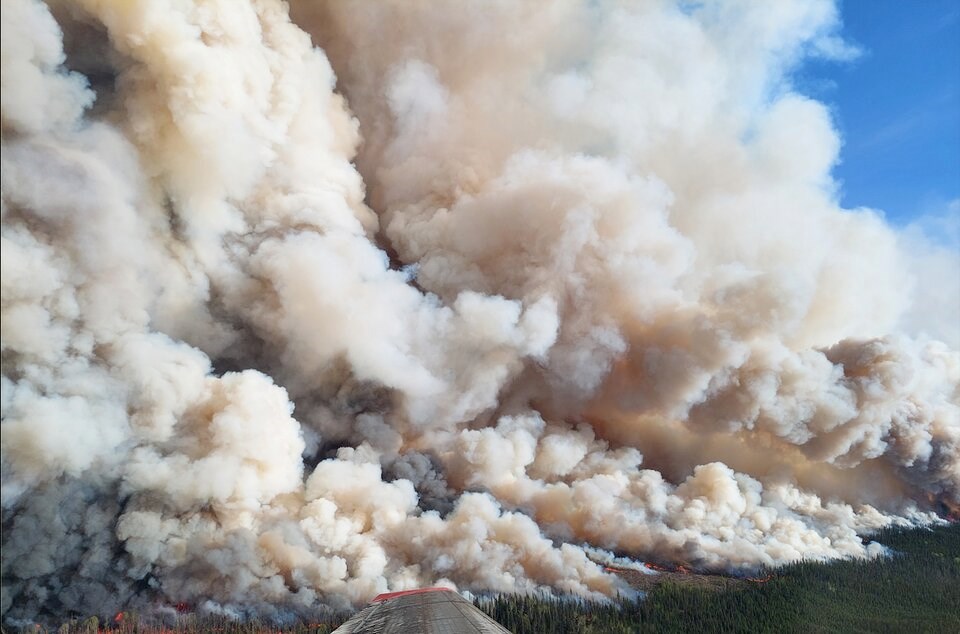One of Canada's leading wildfire experts says the dice are loaded for an active spring in B.C.'s Interior, but this year’s wildfire season will likely all come down to one thing — how much rain falls in June.
Wildfires scorched 28,000 square kilometres of B.C. last year and destroyed hundreds of homes.
It was the worst fire season on record in the province, and Thompson Rivers University wildfire researcher and expert Mike Flannigan, who is also a B.C. research chair, said the continuation of drought conditions across the province into this year has set the stage for another active spring.
“We are still in a drought, and parts, especially in the Northeast, are in a severe drought. So that sets the stage for an active spring,” Flannigan said.
While he said it’s too early to tell what will end up happening, the intensity of the fire season will largely be dependent on if June rains will curb drought conditions.
“If we get the June rains in the interior here, our fire season may not be so bad. If we don't get the June rains, yeah, we could be in for another bad, active fire season.”
Lightning a formidable factor
In Canada, 50 per cent of wildfires are caused by humans and human activity, according to Flannigan. He said this is historically only 40 per cent in B.C. and was only 30 per cent in 2023.
He said the majority of spring wildfires are human caused, while more lighting caused fires are observed in summer months.
“They’re much more efficient during a period of drought, like we had last year and like we're starting the season this year,” Flannigan said.
“That's when we get our problems, especially if it's followed by windy conditions or a cold front like we had August 2017 and 2023. We have a couple of those, it could be extremely challenging.”
Flannigan said this year’s spring has been similar to 2023, but said the B.C. interior typically sees mostly grass fires at this point in the year.
“The concern is July, August primarily and we have to wait to see what the day-to-day weather brings and how much lightning we see,” he said.
Zombie fires in Northeast
Wildfires continuing to burn overnight has become more common as well, which Flannigan attributed to drought conditions feeding the fire despite cooler overnight conditions.
According to Flannigan, nearly 100 fires across the province have burned through the winter as well, surviving by slowly burning underneath the snow on the forest floor.
“Then spring comes, the snow melts, it's warm, dry and windy, and the fire can wake up,” Flannigan said.
He said fires that “overwinter” are mostly found in the northeast, due to more severe drought conditions and forests containing more peatlands — where these fires will typically smoulder throughout the winter.
He said while fire management agencies will typically extinguish hot spots in the fall so that this doesn’t happen, last year's late winter, the number of fires, and the significant size of some blazes made this impossible to prevent entirely.
“Some of these have the potential, with the right weather conditions, to actually grow. So that's another reason why, especially the spring, may be quite active,” Flannigan said.
He said all human caused fires are preventable, and care should be taken with campfires and observing fire bans.
He said the best way to mitigate a wildfire is to report it as soon as possible, adding that the BC Wildfire Service app is “extremely useful” to the fire management agency and in tackling wildfires early on.





